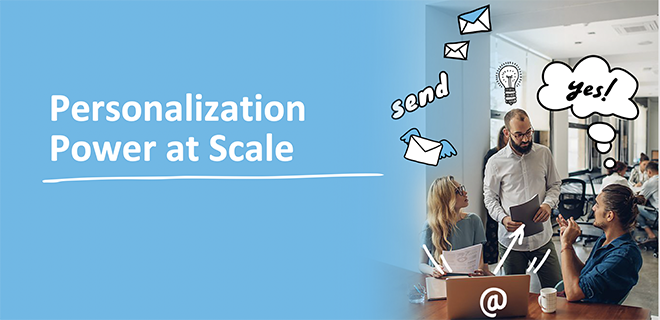
COVID-19 has pushed global ad spend down dramatically. And with Google, Facebook and Amazon controlling 70% of the market, business for publishers hasn’t been so great lately.
“Cost of clicks went down, but there was a revenue lift from email,” says Jeff Kupietzky CEO of
Powerinbox. “It’s time to think about messaging channels to reconnect with audiences during times of uncertainty and stress.”
Enter browser push notifications, an exciting new channel that can help publishers create automated, personalized messaging that can be monetized across devices.
In order to compete with the triopoly, publishers not only need effective ways to reach their audiences directly, but they need better knowledge of their audiences and amazing technology to facilitate these two measures.
“How do publishers get more info on non-logged-in users or anonymous users? Have them sign up for a newsletter or a push notification. Match them to the content they care about to get more engagement,” explained Kupietzky.
On June 18, AdMonsters hosted a webinar with Powerinbox, Personalization Power at Scale featuring Jeff Kupietzky, CEO, Powerinbox; Max Dennis, Director of Audience Development, Assembly; and Chip Schaible, Director of National Account Sales, IQVIA. The webinar examined the intricacies of this burgeoning channel while highlighting its growing revenue potential.
Here are the top 5 takeaways from the webinar:
1. “We take the s out of spam and give you personalized automated messaging.”
Powerinbox recently acquired AI-powered autonomous marketing platform Jeeng to leverage what they know about email and personalization and apply that to push notifications as well. With Jeeng, Powerinbox can offer publishers a messaging platform that enables personalized, automated, monetized and multichannel messaging.
Over at IQVIA, Chip Schaible said that the implementation of push notifications was an opportunity to make content more relevant to their users as they entered their sites.
2. “Users overwhelmingly look forward to push notifications.”
According to a recent Powerinbox study, “Common Audience Engagement Misconceptions: What do digital consumers really want?” there is a growing acceptance of push notifications, up 18% from 2018. As well, most users look forward to receiving push notifications because it leads to content discovery based on something they already read.
In essence, users are comfortable sharing personal info if it’s going to bring them relevancy—content that better targets their interest. When relevancy is in the mix, users are more willing to make the value exchange for free content.
“The relevancy of push content aligned with our needs and we’re looking to use it across all of our wellness and healthcare sites,” said Schaible.
3. “Push is a channel not just for better engagement but for monetization also.”
An overwhelming number of people in Powerinbox’s study also said that they found the ads in the push notifications they received to be very useful, especially when they were related to something they viewed on the site.
Right now, pubs are looking to increase their revenue opportunities, and with push notifications, there’s an enormous monetization opportunity. Browser notifications provide the ability to target a known user not only with relevant content but also with relevant advertising.
You’ll end up with really high ad engagement rates when you make the advertising just as relevant as your messaging. But it’s extremely important to focus on what the user cares about in order to keep them engaged.
4. “Push notifications are high impact, low effort.”
IQVIA found the technical implementation of push to be fairly easy. “Push was really easy to implement and very easy to manage,” said Schiable.
“With an upfront opt-in once users come to the website our push audience has grown as big as our email audience. We hope it’s a major vehicle to re-engage our users,” he added.
For Assembly, browser push notification implementation was also very easy, but not without some challenges. “The most challenging thing is figuring out where in the user journey to prompt push notification signups,” said Assembly’s Dennis.
5. “Push notifications help you walk that tightrope between privacy and personalization.”
As the death of the third-party tracking cookie grows ever near, there’s a great concern over how privacy and personalization will co-exist in the future.
When it comes to push notifications, “It’s personalization without the cookie,” explained Dennis.
As an additive, there’s the ability to combine push notifications with email/newsletters. “These are not two distinct or separate channels,” said Kupietzky. “Combine the channels, learn where and when each channel works better for your users. The combination can provide one view of your customer tracked across channels.”